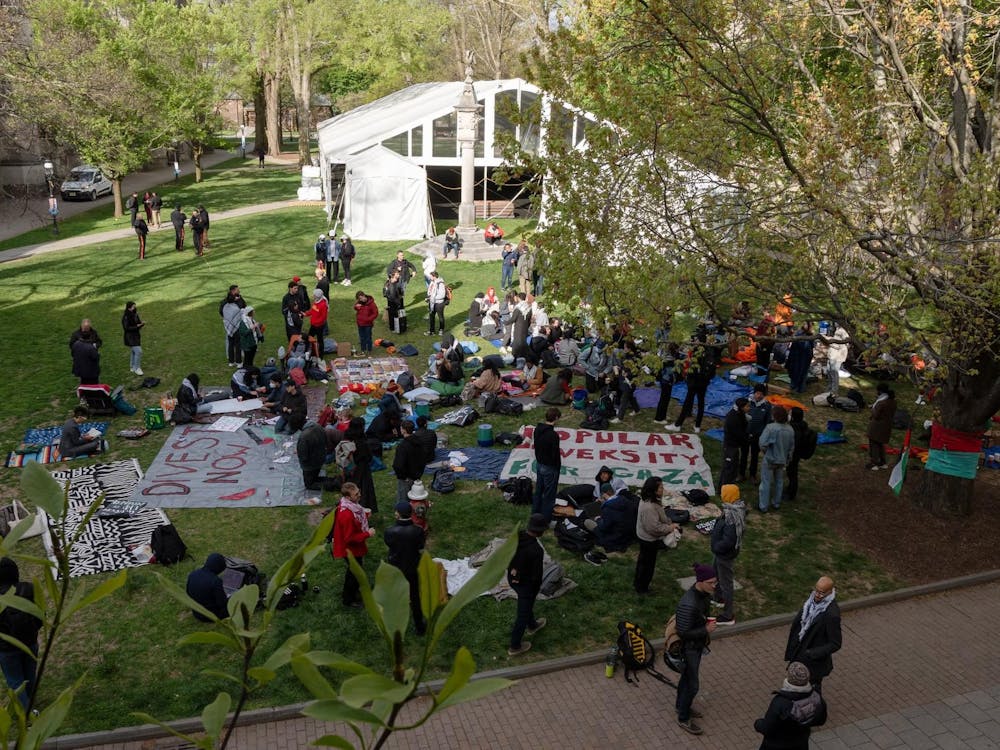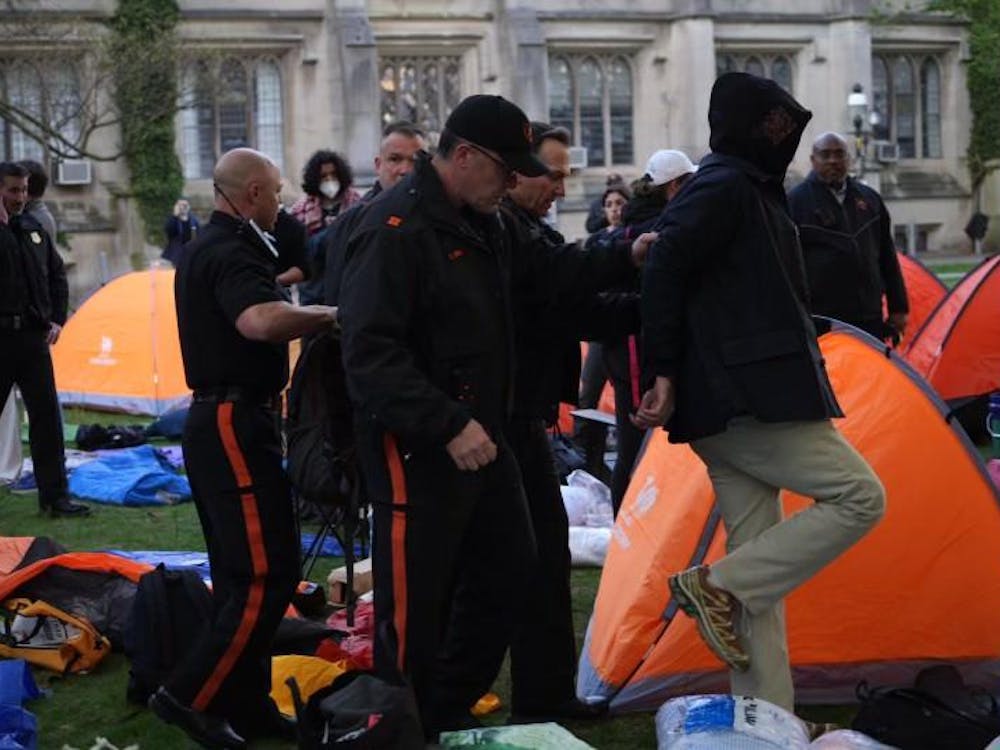There were 69 crimes reported on the University’s main campus in 2015, an overall decrease from the 77 crimes reported in 2014, according to the 2016 Annual Security and Fire Safety Report released on Oct. 13.
The number of burglaries decreased, dropping from 32 to 24 cases. Motor vehicle theft decreased as well, from 14 to 9 reports, while the number of reported arson cases remained at one.
Arrests due to liquor law violations numbered at one for 2015 and none for 2014. There were nine arrests attributed to drug abuse violations, up from last year’s eight.
As a result of the Jeanne Clery Disclosure of Campus Security Policy and Campus Crime Statistics Act, or the Clery Act, signed in 1990, all colleges and universities that participate in federal or financial aid programs are required to disclose information about crime on and near their respective campuses. The University's annual report measures reports to Public Safety rather than investigations of findings of sexual misconduct.
The Clery report listed seven rapes and three fondling offenses, down from 2014’s report of eight rapes and four fondling offenses. There was also one case of aggravated assault reported in 2015, up from last year’s count of zero.
The University also conducted the “We Speak” survey in 2015 on the subject of attitudes of sexual misconduct, through which the University also collected statistics on sexual misconduct on campus.
Despite the overall drop in reports, counts of domestic violence increased from six to 13 over the past year.
By the Clery definition, domestic violence means physical or sexual violence between people when a certain relationship exists, including current or former dating relationships, current or former spouses, current or former household members, have or having a child together, and caregivers for people with disabilities.
“Given that the range of these relationships is so broad and that many of these relationships do not involve other Princeton community members, caution should be taken when attempting to draw any conclusions between two years of data,” John Cramer, University director of Media Relations, said.
A separate sex discrimination and sexual misconduct discipline report for 2015-16, however, lists a total of 13 sexual misconduct cases, including two cases of reported rape, two cases of sexual assault, three cases of sexual harassment, three cases of intimate relationship violence, and one case of stalking. It lists no reported cases of domestic violence in the context of intimate relationships.
The disconnect is in part attributable to the fact that both statistics were measured by reports rather than investigations and findings of sexual misconduct, explained Michele Minter, vice provost for Institutional Equity and Diversity.
"Data from the We Speak survey suggests that only a small percentage of sexual misconduct incidents are reported at all, either to Public Safety, the Title IX Office, or confidentially to the SHARE [Sexual Harassment/Assault Advising, Resources and Education] office,” Minter said.
The results from the 2015 We Speak survey will be released in November.
Even when sex offenses are reported, many of them are reported to confidential counselors, which is why overall statistics often understate the frequency of offenses.
In 2015, 29 sexual offenses, two domestic violence offenses, six dating violence offenses, and eight stalking offenses were reported via these means. These figures are not only an increase from the 28 sexual offenses, two domestic violence offenses, one dating violence offense, and five stalking incidents reported confidentially in 2014, but are also a difference from the statistics reported in the University’s Clery crime statistics.
The University decided to include only reports required under the Clery law after inquiries arose on the issue from federal agencies, as well as other third parties.
Although the reports made to confidential counselors were not published on the annual Clery report, the University believed that it was important for the campus community to be provided with as much information as possible in regards to campus crime, according to the Clery report. It also included figures on appropriate University websites and in the body of the annual Clery report.
The University is committed to focusing on individual cases behind the statistics and not the numbers themselves, Cramer and Minter said.
“Even one incident is too many, and Princeton is focused intensely on training and programming around prevention, bystander intervention and support services, which may encourage more victims to come forward and report these incidents,” Cramer said.
The SHARE office is one such resource, providing students who are dealing with incidents of interpersonal violence and abuse with crisis response, support, advocacy, education, and referral services.
"Princeton, like other universities, experiences cases of sexual misconduct. And we, as students, can choose to take part in improving the environment by helping our peers, being active bystanders, and watching out for what goes on around us," said Nicholas Wu ’19, a SHARE Peer advisor.
The Department of Public Safety did not respond to requests for comment.







